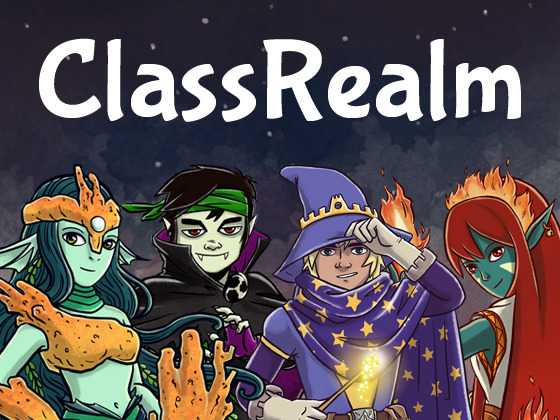In a recent op/ed in the NY Times, David Brooks’ makes a claim that schools are failing to provide ways for rowdy, competitive boys to find success in school. Brooks’ claim is that many typical behaviors are not supported by the environment. As a result, this subset of boys must either change or fail out of school, he says. He cites falling numbers of high school and college graduation as evidence that many are failing out.
I agree with Brooks. I think his point is supported by the cry for differentiation that has been echoing for decades. Differentiation theory calls for multiple paths to success. Paths can still be rigorous but they need to be available. And I think that schools are too often structured in the wrong ways and not structured enough in the right ways.
Wrong structures, in my opinion, are those that suppress behaviors that are, according to psychologists, both developmentally normal and necessary for adulthood. This includes setting ones’ own schedule and choosing ones’ own tasks (see executive function). Typically, I would argue, the teacher is setting schedules and choosing tasks. Executive function, according to psychologists, develops from preK through high school and into the 20s (see auto insurance rates for men under 25; their deficient ability to assess risk as a group will be apparent). Schools may either help or hinder this development in each of the many types of students present in each classroom. I think the rigid schedules and task lists inhibit development of executive function in students who have a strong impulse to set their own agendas.
Another wrong structure is the tragic application of only 1/3 of Bloom’s Taxonomy of Learning Domains. Bloom’s taxonomy is one of the most widely applied theories on learning in the K12 world. I challenge anyone to find a school in the U.S. where the teachers have not heard of it. Benjamin Bloom (1956) theorized that there are three parts to learning: cognitive, affective, and psychomotor. Standards typically focus only on the cognitive functions while affective and psychomotor domains are often ignored. Sure, there’s PE class and sometimes teacher’s ask an obviously upset student, “What’s wrong?”, but affect and motor development typically fall by the wayside. Arguments we find for applying only 1/3 of Bloom’s are simply a defense of the status quo and not a defense of what children need to develop into whole adults.
So if the development of executive function and affect are largely ignored by schools, what should change?
I think a right way to structure schools is to diversify the setting such that rowdy movement, impulse, and friendly competition (some of the traits that Brooks argues are inhibited) are a viable path to success in school. I will add that the quiet, nervous boys should also have a way to succeed. I think the boys who like collaboration should be challenged to succeed. It’s not that the current environment is wrong, it’s just too narrow. I think Brook’s would agree here.
Before you think I mean to say that all behaviors emerging from developing boys be encouraged, I do not say that. Schools do need rules. A school cannot be chaotic. I do not propose that kids do whatever they please. There must be structure. But I do think there should be room, often literally, for children to run and explore and build, to define problems, to formulate solutions, and then to follow through to completion. As children grow into young adults, these activities should increase in sophistication.
So what would be an example of what I am talking about? Schools need to facilitate solving the types of problems which students would like to solve. For upper elementary grades with classes of 11-15 students (student/teacher ratio being issue close to my heart), schools might add the following options: building a wooden fort and the accompanying applied geometry called carpentry. Damming a stream (one of my favorite childhood activities) in order to learn about watersheds, materials technology, and even some basic physics if a teacher is there to explain it. Having student run competing newspapers that cover school events and select news from mainstream papers. Having students run competitive gaming leagues of whatever type they like DURING school hours. Brooks mentions learning to deal with both wins and losses. Schools should provide these opportunities. Failure is just as valuable a learning tool as success. However, the failures that are a part of the learning process should not be defined as academic failures. Similarly, the characteristics that emerge from a subset of healthy children should also not mean academic failure. Remember that boys have been boys for tens of thousands of years, while compulsory schooling has only been around for about a hundred. We’re still working out the kinks when it comes to formal education.
Edit Oct 01, 2019–My daughter is now five years old, in kindergarten, and rowdy. Schools need to differentiate for competitive rowdy kids no matter the gender.

